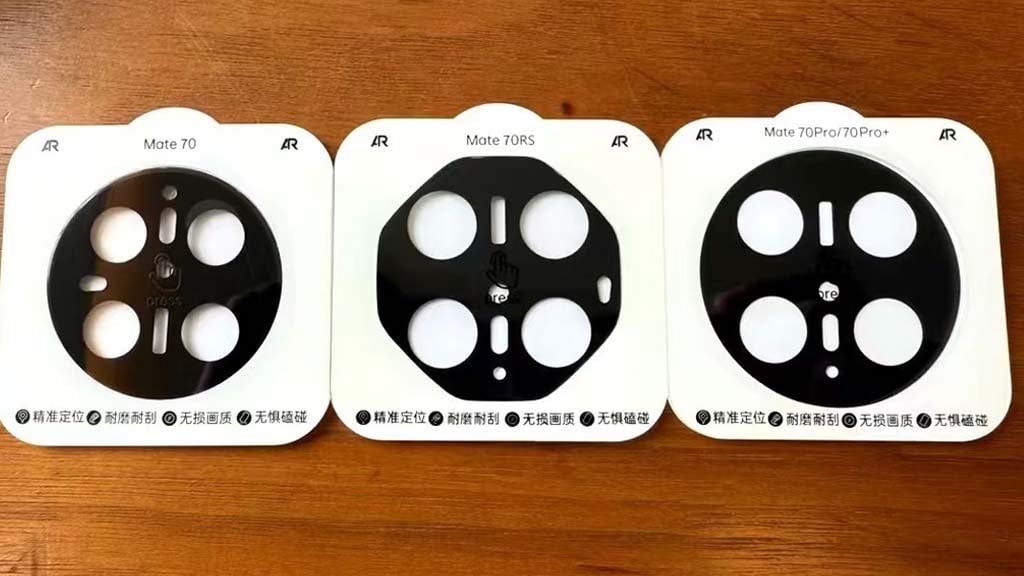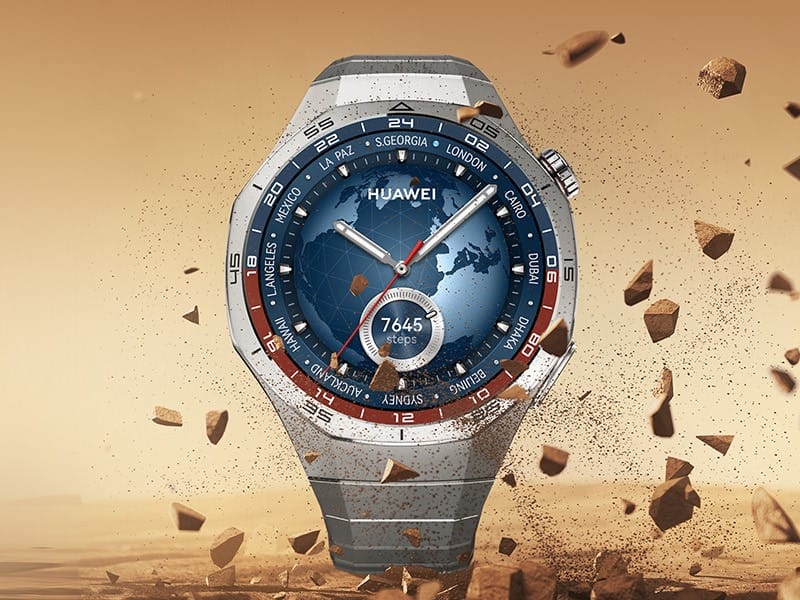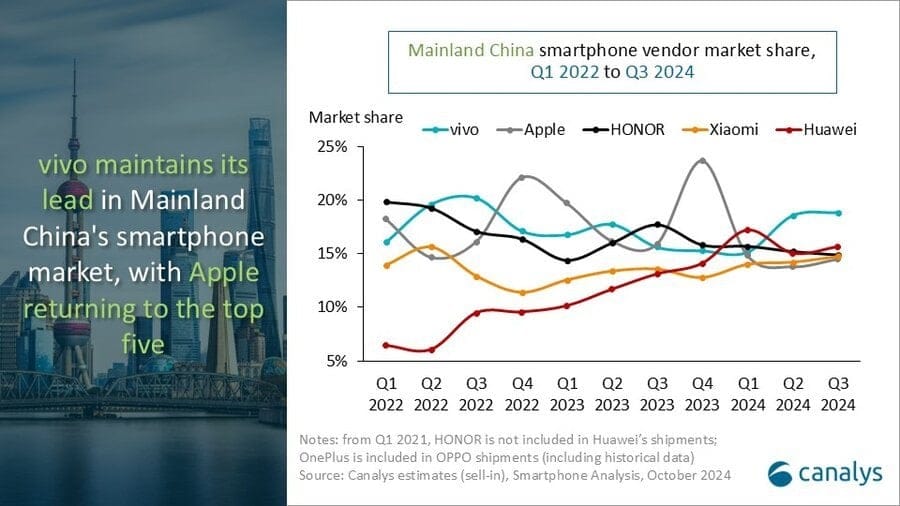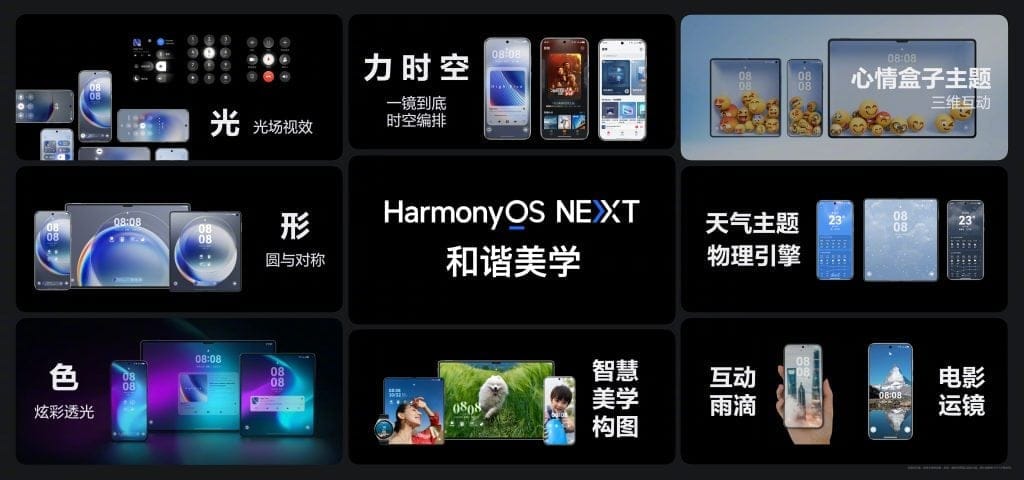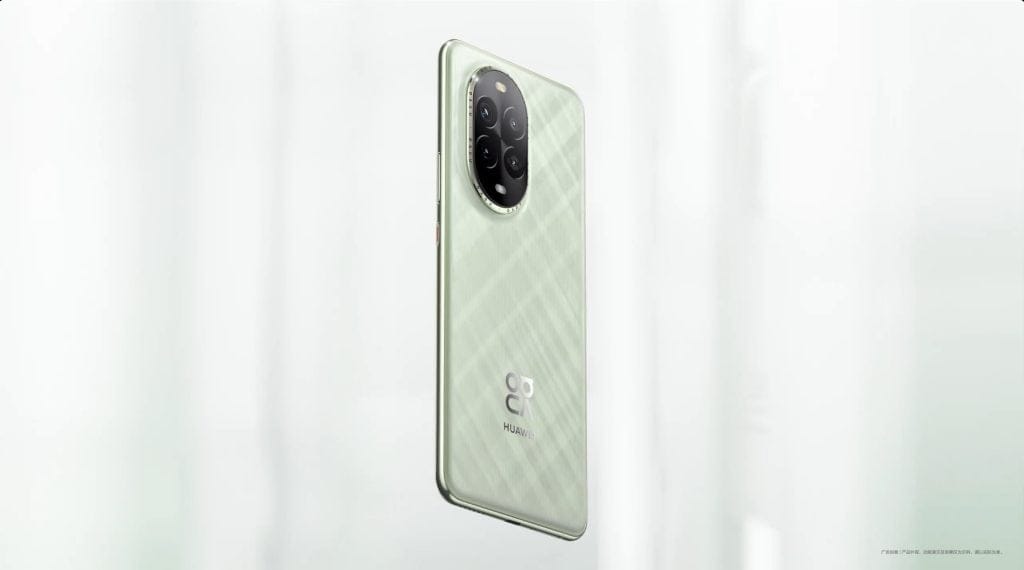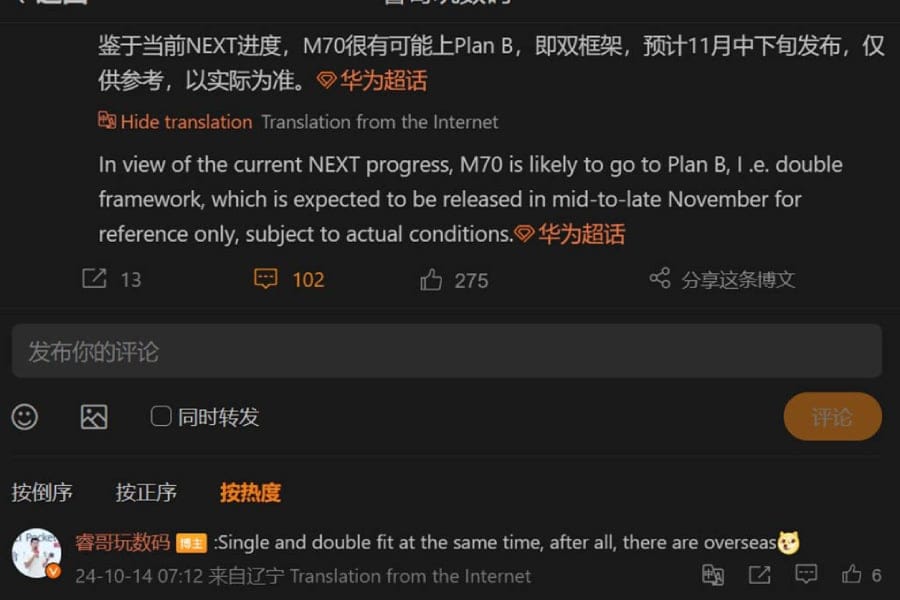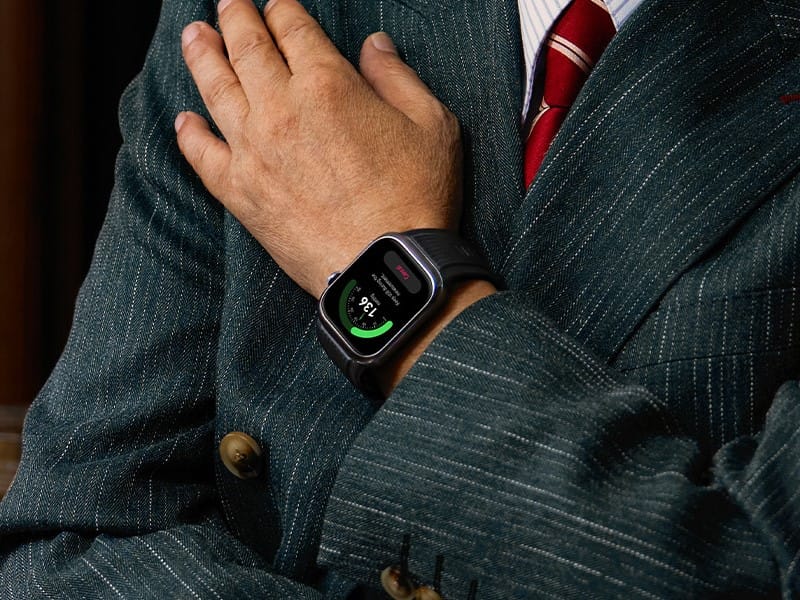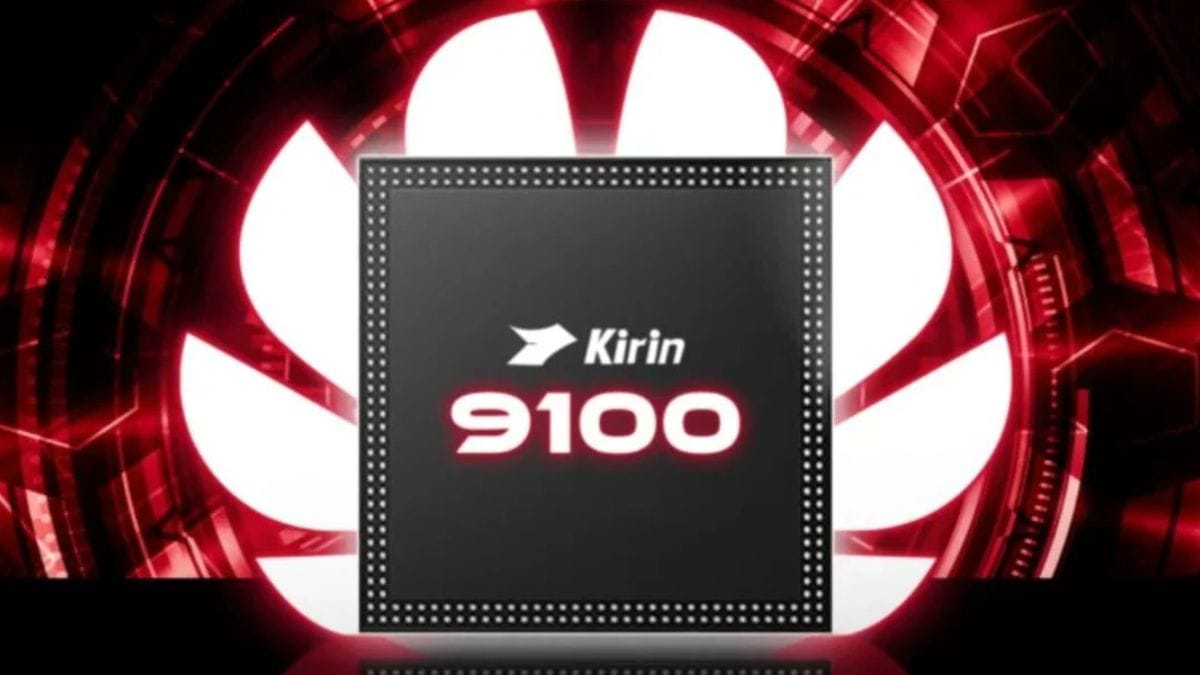Huawei is gearing up to unveil its Mate 70 series in November, and the anticipation is growing due to new leaks that showcase subtle changes in the camera modules across all versions.
Camera Design Updates
Recent photos shared on Weibo indicate that Huawei will stick with its distinctive camera design for the high-end Mate 70 RS Ultimate. The Mate 70 series will consist of four models: the standard version, Pro, Pro+, and the RS Ultimate Design. In the RS Ultimate Design, Huawei keeps its signature octagonal lens configuration. The camera housing displays four large lens openings organized in a square formation, along with five smaller cutouts for the flash module lasers and extra sensors, including color temperature lenses.
Changes in Camera Modules
The other three models in the lineup are expected to have rounded camera designs, which is a shift from the layout seen in the previous generation. While the specific arrangement of lenses and sensors varies slightly between models, it seems that Huawei is looking to enhance the camera experience by introducing a larger camera module featuring a quad-camera setup, as suggested by initial images and leaks.
Expected Specs and Performance
Earlier leaks have indicated that the Mate 70 Pro might be fitted with a triple-camera setup that consists of a 60MP main sensor, a 12MP ultrawide lens, and a 48MP telephoto lens. However, with the new camera design revealing a total of four cutouts, it’s likely that Huawei will include additional cameras beyond what was initially expected. This potential camera enhancement is part of Huawei’s ongoing quest to solidify its reputation in mobile photography, likely making the Mate 70 series capable of capturing even more detailed and vibrant images than its predecessors. A leaked image previously showed the Mate 70 Pro with a similar camera design.
Regarding its performance, rumors suggest that the Mate 70 series will be powered by Huawei’s newest Kirin 9100 chipset. While detailed information about the Kirin 9100 is scarce, it is expected to offer better performance and energy efficiency compared to the Kirin 9000S that is found in the Mate 60 series.

